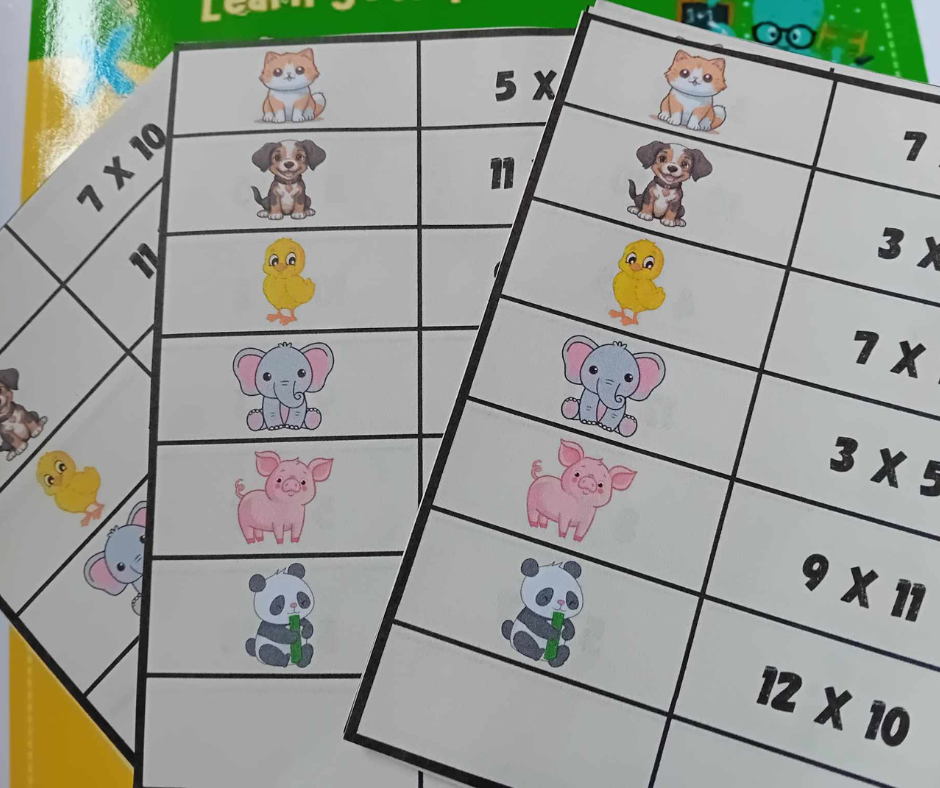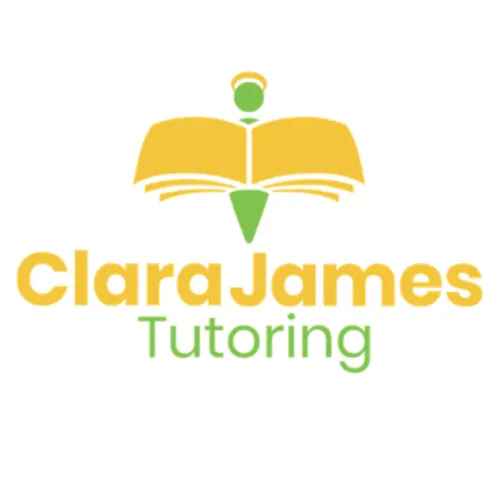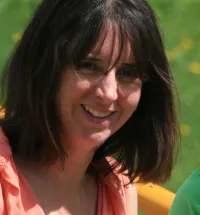Clara James Tutoring
BLOG POSTS

Turning Numbers into Fun: A Creative Twist on Guess Who!
Turning Numbers into Fun: A Creative Twist on Guess Who!
Prime numbers, odd numbers, even numbers, multiples, factors—the world of number types can feel endless. But how can we help our children understand these concepts in a way that’s enjoyable and memorable?
If you’re familiar with the classic game Guess Who?, you’ll know it’s all about asking questions to figure out whose face your opponent has chosen. I’ve taken this concept and given it a mathematical twist to create a fun way to practice number types with children.
The Number Guessing Game
Here’s how it works:
Replace the Faces with Numbers
Instead of the usual faces on the board, we use numbers ranging from 1 to 100. These numbers can include:Prime numbers
Even numbers
Odd numbers
Square numbers
Multiples (e.g., numbers in the 3x or 5x table)
Ask Questions
Just like in Guess Who?, players take turns asking questions to narrow down the possibilities. For example:“Is it an odd number?”
“Is it a two-digit number?”
“Is it a square number?”
Eliminate Numbers
If the answer is “yes,” the player keeps the relevant numbers. If it’s “no,” they put those numbers down, gradually narrowing the options until only one number remains—the opponent’s chosen number!
Why It Works
This game combines learning and play, making it an enjoyable way for children to:
Recognise number types: odd, even, prime, square, multiples, and more.
Practice logical thinking: Asking questions and eliminating possibilities encourages critical thinking.
Build confidence: Successfully identifying the correct number boosts self-esteem and reinforces learning.
Adapting for Your Child’s Level
The beauty of this game is its flexibility. For younger children, you might start with just odd and even numbers or possibly just number value (is it higher than 10? Does it contain a 5? etc). As their skills grow, you can introduce more complex number types like primes or squares.
Why Not Give It a Go?
Whether you’re practicing number values for school or just looking for a way to make maths fun, this twist on Guess Who? is a great place to start. So, grab a pen and paper, jot down some numbers, and watch as your child engages with maths in a whole new way.
Learning through play—it’s a win for everyone!
Each week we send out an email offering ideas to support your child with their maths or English. If you would like to receive it just let us know where to send it to, just CLICK HERE
Or if you are supporting your child with their times tables right now, you might enjoy this game of Times Tables Top Trumps

Morning,
I hope the week is going well.
So many people seem to be doing D of E and work experience
at the moment, good luck if that’s you and if you’re at Marlow Camp next
fingers crossed for good weather!
I’ve just finished a lesson on division. It seems to be
something that messes with the brains of so many people.
I found it got easier when I stopped thinking about it as
division and instead thought about it as multiplication. So, if for example I
had the question 396 divided by 3, I would look at it as 3x what = 3. My answer
would be 1. How many times would I need to multiply 3 to get to 9, (my answer
would be 3). Then 3x something = 6. My answer would be 2. Giving me the overall
answer of 132.
I know that’s a really simple example but hopefully it explains
my point.
Thankfully in schools they don’t often seem to need to do
long division, but I’ve worked with a couple of adults (generally nurses for
some reason) who have needed it.
I think I’ll explain this one in a video, as it will be too
complicated to explain it with words as bits get put all over the place. I hope
this makes sense though:
Enjoy the rest of the week and speak soon,
Dawn

